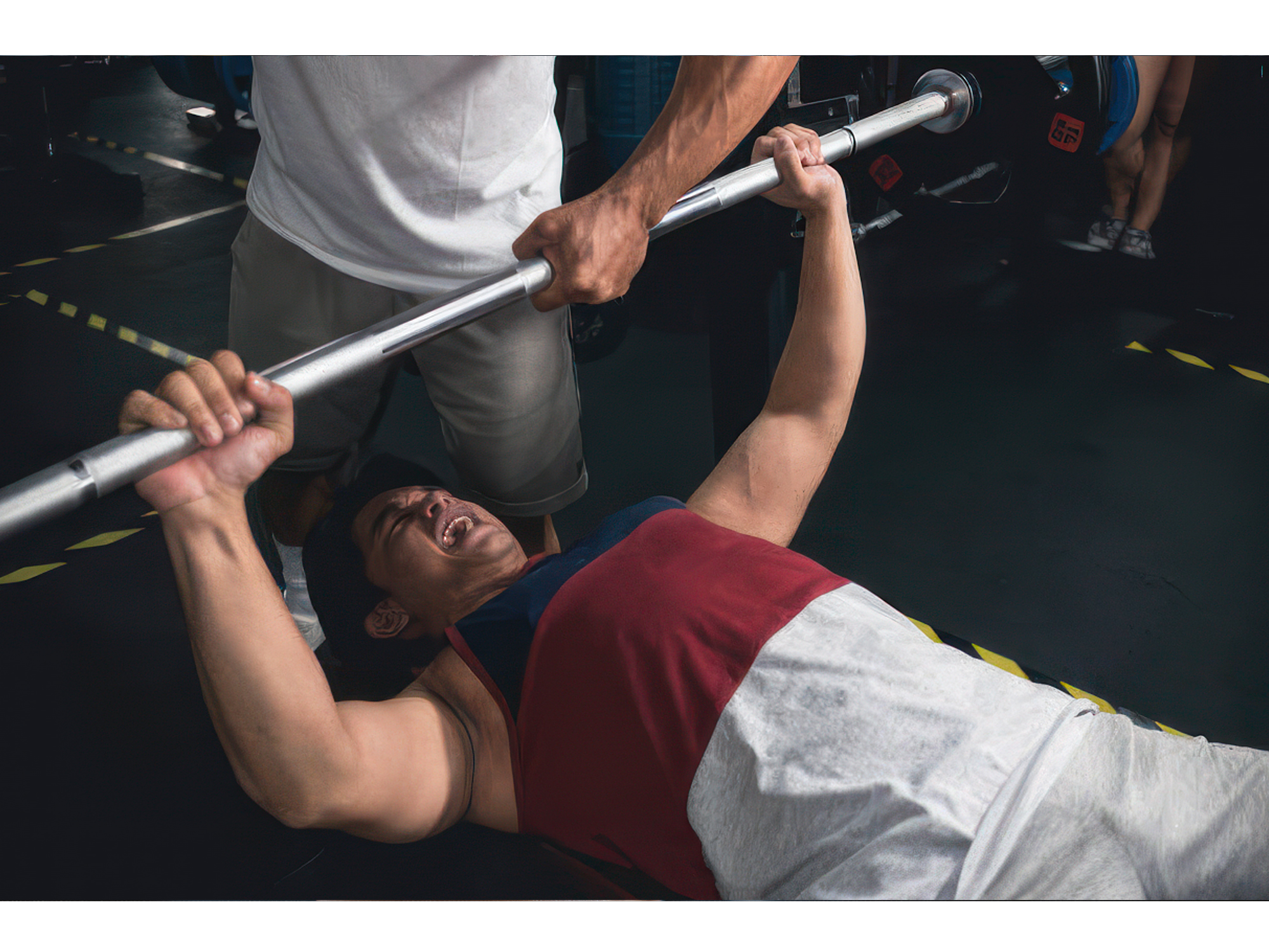hammer house blog
Safely Tackling Heavy Weight Lifting at the Gym

Heavy weight lifting is a fantastic way to build strength, increase muscle mass, and improve overall fitness. However, when lifting heavy weights, safety should always be a top priority. Neglecting proper techniques and precautions can lead to serious injuries that may have lasting consequences. In this article, we'll explore essential safety tips to ensure your heavy weight lifting sessions at the gym are both effective and injury-free.
1. Warm-Up Properly
Before diving into heavy lifting, it's crucial to warm up your muscles and prepare your body for the workout ahead. A proper warm-up increases blood flow to your muscles, making them more flexible and less susceptible to strains or tears. Spend at least 10-15 minutes performing dynamic stretches, light cardio, or mobility exercises to prepare your body for the load it's about to bear.
2. Master Proper Form
Proper form is the foundation of safe weight lifting. Before attempting heavy lifts, ensure you've mastered the correct technique for each exercise. This may involve working with a qualified personal trainer or coach who can provide feedback and guidance. Focusing on form not only minimises the risk of injury but also enhances the effectiveness of your workout.
3. Start with a Suitable Weight
Begin with a weight that you can lift comfortably with proper form. Gradually increase the weight as your strength improves. Avoid the temptation to lift weights that are too heavy, as this can lead to poor form and increase the risk of injury. Progressive overload, or gradually increasing the weight over time, is the key to building strength safely.
4. Use Spotters
Whenever you're lifting exceptionally heavy weights, it's wise to have a spotter. A spotter is a trusted individual who can assist you if you struggle to complete a rep or lose control of the weight. They can help you rack the weight safely and prevent accidents. Don't be shy about asking for a spotter's assistance; it's a common practice in the gym.
5. Prioritise Safety Equipment
Safety equipment, such as lifting belts, wrist wraps, and knee sleeves, can provide additional support and reduce the risk of injury when lifting heavy weights. While these tools can be beneficial, remember that they should not be used as a substitute for proper form and technique.
6. Controlled Movement
Maintain control throughout the entire lifting process, including the concentric (lifting) and eccentric (lowering) phases of each repetition. Rapid, uncontrolled movements can lead to accidents and injuries. Focus on a controlled tempo to maximise muscle engagement and minimise risk.
7. Breathe Properly
Breathing is often overlooked during heavy lifting. Proper breathing helps stabilise your core and maintain proper spinal alignment. Inhale deeply before beginning a lift, brace your core, and exhale as you exert force during the lift. Never hold your breath during heavy lifts, as this can increase blood pressure and risk of injury.
8. Rest and Recovery
Allow your muscles sufficient time to recover between heavy lifting sessions. Overtraining can lead to fatigue, decreased performance, and an increased risk of injury. Aim for at least 48 hours of rest between working the same muscle group intensely.
Heavy weight lifting can yield impressive results when performed safely and correctly. Prioritising safety in the gym should be non-negotiable, as injuries can set back your progress and affect your overall well-being. Remember to warm up, use proper form, start with suitable weights, employ spotters when necessary, and invest in safety equipment. By following these guidelines, you can enjoy the benefits of heavy weight lifting while minimising the risk of injury, ensuring a long and fruitful journey towards your fitness goals.
See you in “the House” real soon!
